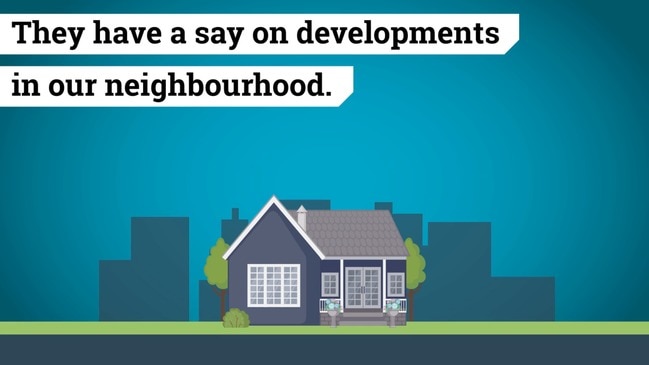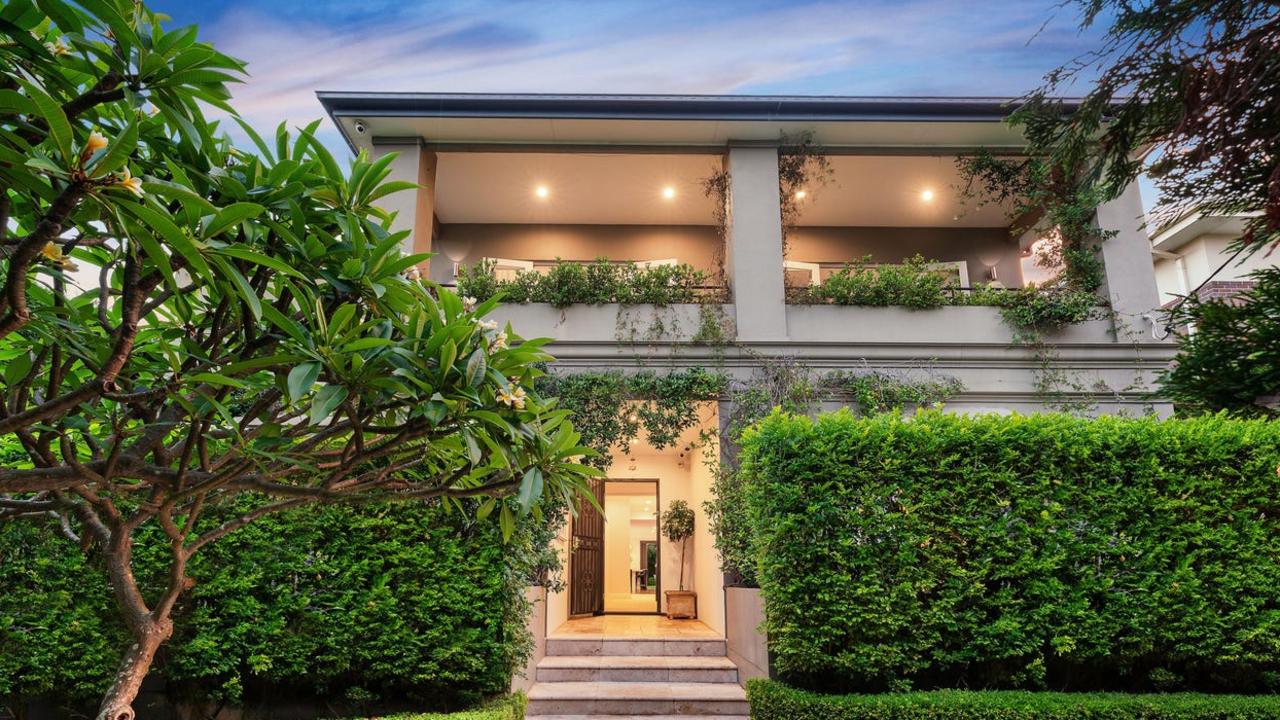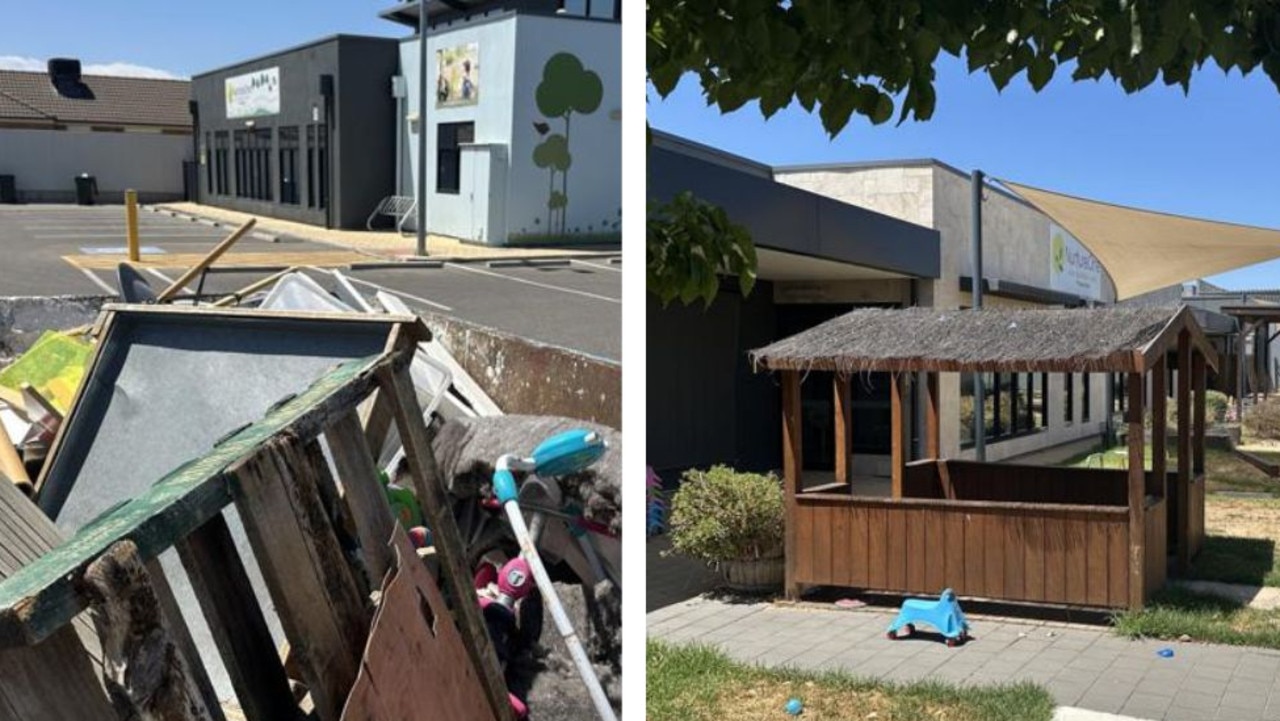Adelaide council rates ranked and compared – see how much nearby areas pay
After decades of resistance, Adelaide’s council rates have finally been published together online. Check your council here – and see if you’re getting value for money.

SA News
Don't miss out on the headlines from SA News. Followed categories will be added to My News.
THE first official side-by-side comparison of Adelaide councils shows some homeowners are forking out double the rates of nearby suburbs for similar services.
Despite decades of resistance by councils and the Local Government Association, the state government has published the council rates online, allowing ratepayers to rank and compare the value they are getting from their local authority.
It shows some of the highest-taxing councils charge close to $2000 in average annual residential rates, such as Walkerville, $2100, Prospect, $1890, and Unley, $1880.
Other ratepayers enjoy the same basic services for far less, with the cheapest including Salisbury Council, $1360, West Torrens, $1260 and Port Adelaide Enfield, $1030.
All councils were offered the opportunity to explain their differences to The Advertiser.
LGA President Angela Evans said there were many reasons different rates were charged.
“Every council and community is different, and all councils consider their local needs and priorities,’’ she said.
“This can include whether the council is a growth council requiring increased investment in new infrastructure, as well as the service expectations of local residents.
“The mix of residential, commercial and industrial properties across a council can also impact on the average rates paid by both homeowners and businesses.”
Independent MLC and former Valuer-General John Darley said differing salary bills and staff numbers were the main reasons for the difference in council costs and rates.
“There is no way in the world you can justify double the rates in one area over another,’’ he said.
Campbelltown Council has the lowest commercial rates of any in the metropolitan area, $2180, and CEO Paul Di Iulio said: “The variation in rates charged across the different councils, depends on the range and level of services that each council elect to provide to their communities’.
Property council CEO Daniel Gannon blamed “inefficiency, inconsistency and duplication of services’’.
“There are 68 councils, with 19 of them based in metropolitan Adelaide alone,’’ he said.
“No matter how you slice it, there is overwhelming public support for local government reform to rein in waste, inefficiency and bureaucratic duplication.
“Despite many South Australians holding their local council in high regard, they don’t think council rates are good value for money, which validates the need to implement rate capping.
“Councils have an important role to play in providing local services, but ratepayers are right to question whether these functions require sky-high rates to boot.
“The state government is right to highlight rate capping as one piece of the reform puzzle, but it should also consider amalgamations to complete the picture.”
Adelaide Hills Council spokesman Mike Carey, said there were reasons for the variation.
“Unlike many metropolitan councils, we provide services to 57 towns and localities across 800 square kilometres and with a population of 40,000 people,’’ he said.
“Our community has particular needs around water catchment, tree and land management and bushfire.”

Until the website councilsinfocus.sa.gov.au was launched this month, the media and Opposition politicians have had to extract comparison data from the annual reports and budgets of 20 suburban and Adelaide City Council.
The website was launched by Attorney-General Vickie Chapman after councils successfully campaigned against a cap on rates, which had been an 2018 Liberal election promise.
“The Councils in Focus website implements a key recommendation of the South Australian
Productivity Commission’s inquiry into local government costs and efficiency,” she said.
The previously hidden comparisons are used by the SA Grants Commission, which allocates state taxpayer funding to councils according to how much they can raise in rates and need to spend to provide services.
In regards to the variation in rates charged across the different councils, it depends on the range and level of services that each council elects to provide to its community.
More Coverage
Originally published as Adelaide council rates ranked and compared – see how much nearby areas pay




